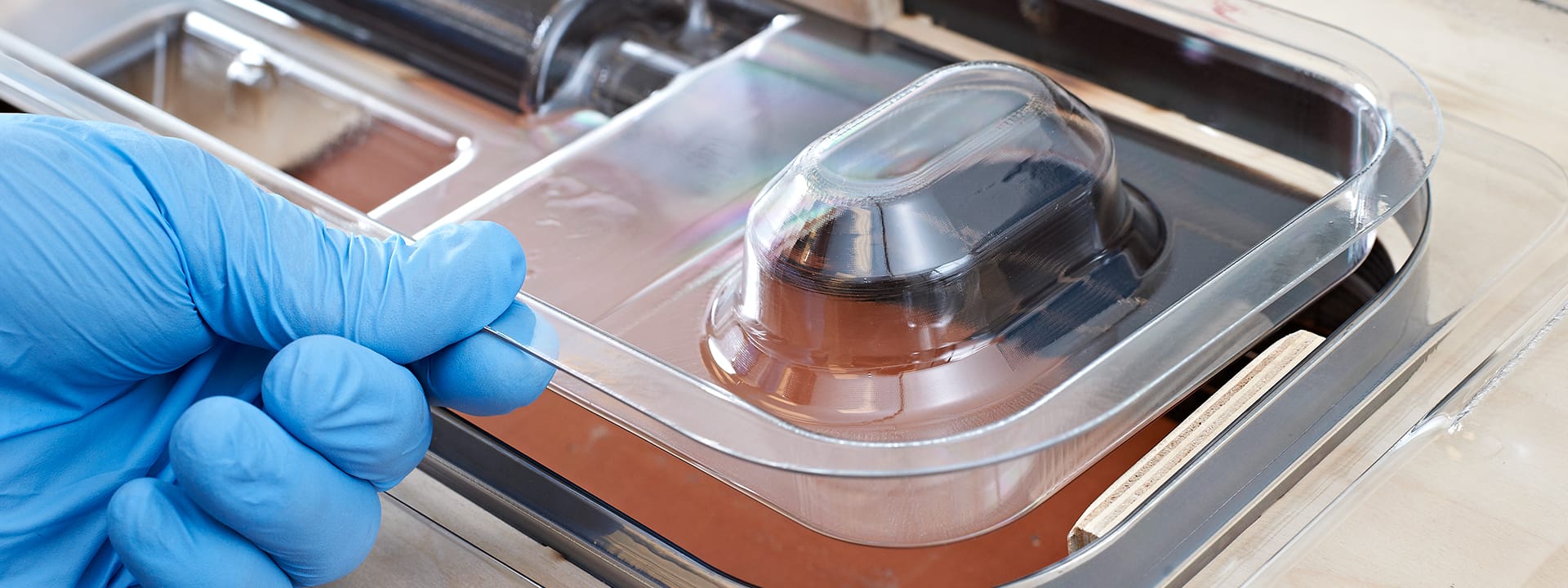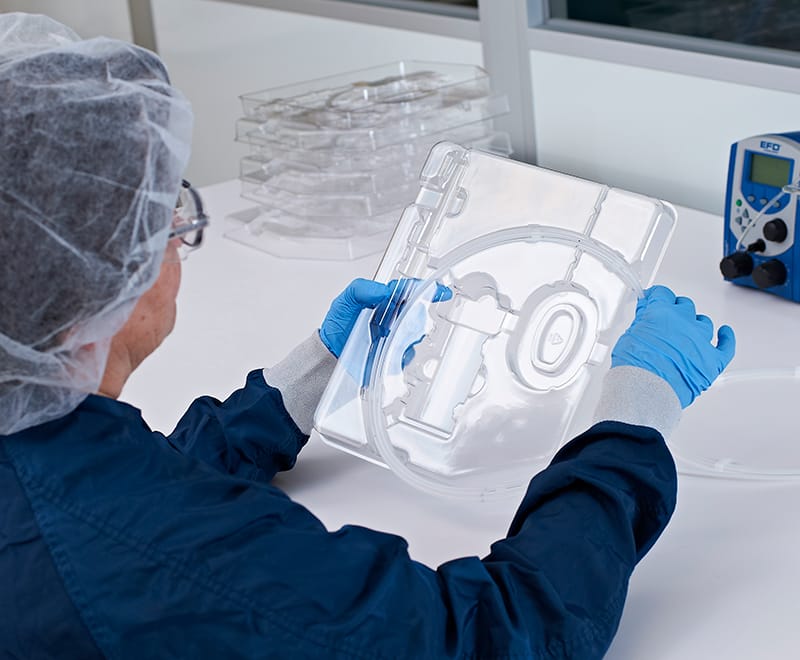It’s time to stop thinking of healthcare packaging (or any other packaging, really) as a necessary commodity, and start thinking of it as a way to add real value to your product.
When designing packaging, the product’s needs typically take center stage. Details like the product’s size and shape come into play, of course, along with more complicated factors such as how to keep it dry and sterile, and how to prevent it from being damaged during shipment.
But the needs of the user shouldn’t take a backseat. In fact, user experience packaging features can range from simple conveniences, to matters of life and death.
In a recent digital seminar, Laura Bix—Assistant Dean of Teaching, Learning and Academic Analytics at Michigan State University—ran down a list of reasons why you can’t afford to overlook your end user when designing your product’s packaging. Here are the main highlights.

Design Packaging That Protects Your End User & Other Handlers
Protecting your product optimizes your dollars spent, which is absolutely important. But protecting your user is arguably more important as it ensures a safe, positive delivery of your product and experience with your brand. This drives loyalty, revenue, referrals, while minimizing negative interactions and the impact those can have.
There's a delicate balance packaging needs to achieve between ease-of-use and security. It needs to hold up in transportation, keep unauthorized users out, yet open readily and easily by it's intended recipient.
We're all aware of pill containers that have undergone countless iterations to find this balance. In an effort to protect children that happen upon a forgotten medication container, package designers have tried many solutions to increase safety while keeping it possible for the prescribed user to open.
Every year over 60,000 children under five years old are brought to ERs after unintentionally overdosing on medications—many of which weren’t prescribed to them (Laura Bix). For perspective, that’s two busloads of children every day for a year. And that's just one of many examples of the importance of packaging.
Safety features can go a long way towards making customers feel comfortable buying your product—whether that's in a home or in an operating room.
Communicate Pivotal Information to Your End User
On the surface, this point is obvious. But people often overlook the nuances of it. How you communicate this information can make a significant positive (or negative) impact on user experience and user success.
Take medication labels, for example. In a study conducted by one of Laura Bix's students that was working to understand what role packaging could play in drug-drug or drug diagnosis interaction injuries, a group of participants were asked to read a label on an over-the-counter drug and say whether or not they believed that drug was safe for them to use.
17.2% of the participants responded “yes” after reading the label of a drug that a pharmacist later said was not safe for them to use based on their medical history.
This study used eye tracking to see how consumers are reading the drug package information, in this instance, to understand what information they used to determine if it was safe for them to take. It was interesting to see what the human eye was drawn too; there’s reason to believe the accuracy of consumer decisions could be improved by rearranging or reformatting the information on the bottle. [View full study in Laura Bix's presentation, here.]
These concepts aren’t only crucial to determining whether a product is safe for the consumer; it’s also crucial in communicating directions for how to use a product safely.
On what part of the package might these instructions stand out the most? What font, font size, and spacing is appropriate? What phrasing will make the instructions easiest for the user to understand?
The answers to these questions are not only difficult to determine; they’re a moving target, different from product to product. It's an essential part of the package design process.
Make Your End User’s Life Easier
Think of a product that you love to buy, but hate to open. Probably didn’t take too long, right? A poor user experience with packaging can make end users dread buying your product, which is the last reason you want to lose sales.
One example of this in healthcare is sterile barrier systems. The sterility of certain products is absolutely paramount to their safe and effective use, but the act of breaking the sterile barrier can sometimes be challenging.
No nurse wants to have to use every ounce of their strength to pull off a lid, only to watch the whole thing rip suddenly and gape as dozens of hypodermic needles clatter onto the ground. Finding ways to make your packaging spill-resistant when opening could make a powerful impact on its viability.
In addition to materials and the manufacturing process used, your package design should also include cues or instruction for easy opening and general handling. Arrows, icons, and pictures can go a long way in package design.

A Package Deal
Your packaging is more than a fleeting vessel. It’s a real, tangible component of the product you’re selling. And like any other product component, it will either add value for the end user, or take value away. So it's important to dedicate time and resources to the packaging design and development for your medical device / product. Think of it as an extension of your product development process and you'll avoid any healthcare packaging-related headaches.

